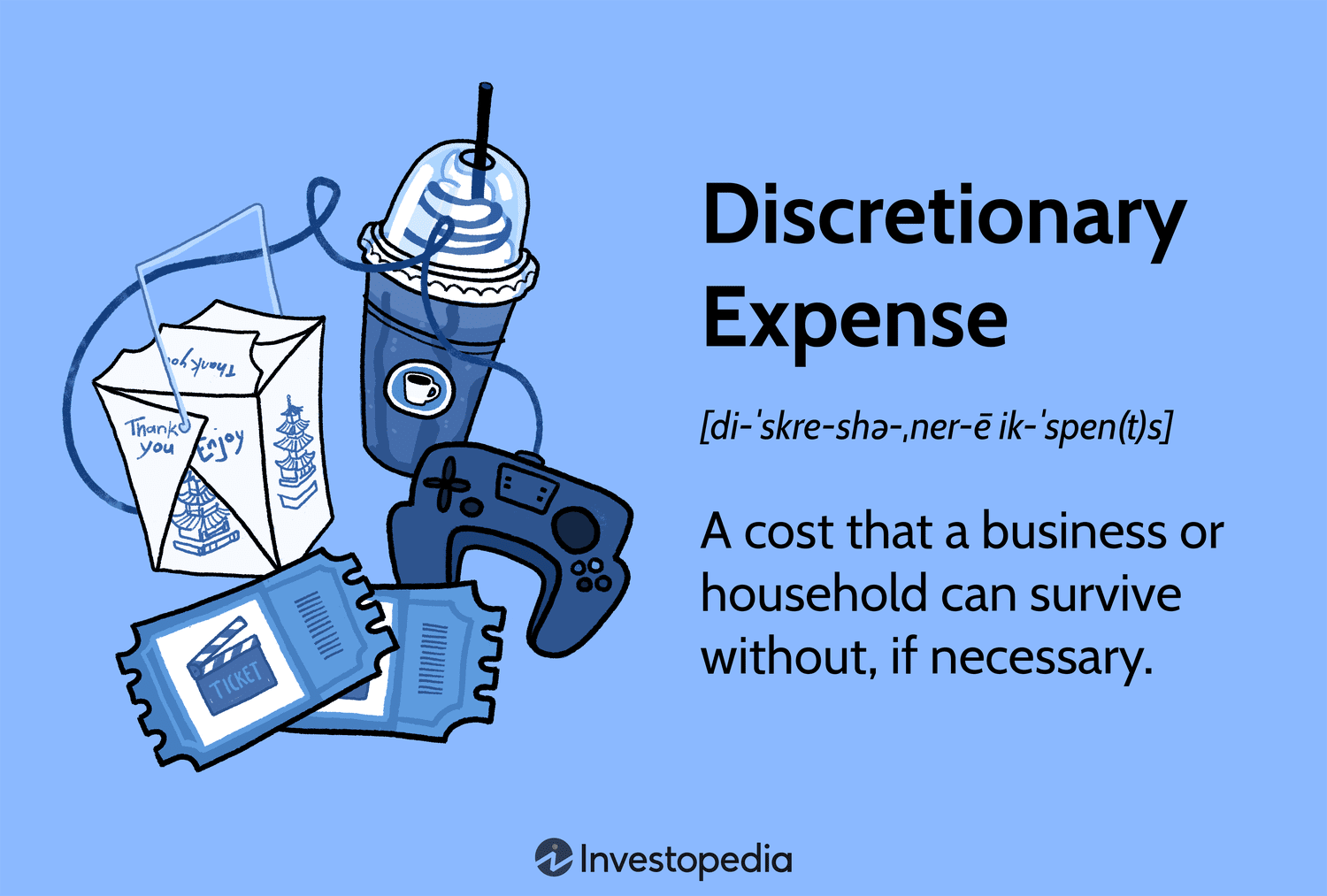Understanding Discretionary Expenses: Real-Life Example Explained

<!DOCTYPE html>
Managing your finances effectively requires a clear understanding of where your money goes. One crucial aspect is distinguishing between essential and discretionary expenses. Discretionary expenses are those you can live without, but they often bring joy and comfort to your life. In this post, we’ll explore what discretionary expenses are, provide a real-life example, and offer tips to manage them wisely. (budgeting, personal finance, money management)
What Are Discretionary Expenses?

Discretionary expenses are non-essential purchases that you choose to make. Unlike fixed expenses like rent or utilities, these are optional and vary based on your lifestyle and preferences. Examples include dining out, entertainment, vacations, and hobbies. Understanding these expenses is key to creating a balanced budget. (financial planning, discretionary spending)
Real-Life Example of Discretionary Expenses

Let’s consider the case of Sarah, a marketing professional who earns 4,000 monthly. Her essential expenses, such as rent, groceries, and transportation, total 2,500. The remaining 1,500 is allocated to discretionary spending. Here’s how she spends it:</p> <ul> <li><strong>Dining Out:</strong> 300
This breakdown highlights how discretionary expenses can add up quickly. (lifestyle choices, expense tracking)
How to Manage Discretionary Expenses Effectively
Managing discretionary spending doesn’t mean cutting out all fun. Instead, it’s about making conscious choices. Here are some strategies:
- Set a Budget: Allocate a specific amount for discretionary spending monthly.
- Prioritize: Focus on expenses that bring the most value or happiness.
- Track Spending: Use apps or spreadsheets to monitor where your money goes.
- Find Alternatives: Opt for cost-effective options, like cooking at home instead of dining out.
💡 Note: Regularly reviewing your spending habits can help you stay on track and avoid overspending. (saving tips, financial discipline)
Checklist for Managing Discretionary Expenses
- ✅ Identify non-essential expenses in your budget.
- ✅ Set a monthly limit for discretionary spending.
- ✅ Track expenses using a budgeting app or tool.
- ✅ Review and adjust your budget quarterly.
- ✅ Save the difference when you spend less than your allocated amount. (budget checklist, financial goals)
Understanding and managing discretionary expenses is essential for achieving financial stability and freedom. By recognizing what you can live without and making informed choices, you can enjoy life’s pleasures without compromising your financial goals. Start by assessing your current spending habits and implementing the strategies discussed above. (financial freedom, smart spending)
What are discretionary expenses?
+Discretionary expenses are non-essential purchases that you can live without, such as dining out, entertainment, and hobbies.
How can I reduce discretionary spending?
+Set a budget, prioritize expenses, track spending, and find cost-effective alternatives to reduce discretionary spending.
Why is tracking discretionary expenses important?
+Tracking helps you understand your spending habits, stay within budget, and save more for future goals.


